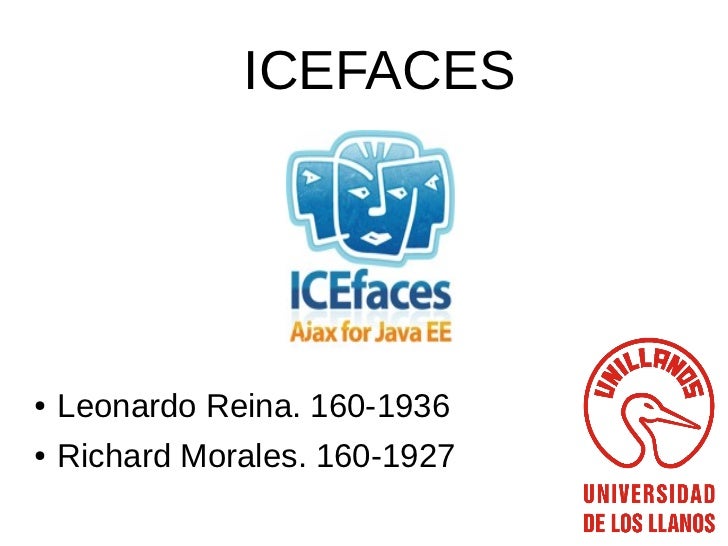

The customer input form in the design view This will "save" the new customer, and reset the newCustomer object so that the form will be cleared.įigure 3. The backing bean also has an action listener method customerSaved that will be invoked when the command button is clicked. The input text boxes here are data-bound to the properties on that object. The customers backing bean has a property newCustomer, which is a placeholder for a Customer object that is being added. The last row will have a commandButton to actually save the data: You can add more rows to fill in the new customer's address by databinding to the .* properties. For this case, each row will have a label and a text box, corresponding to the first and last name properties of the customer. The columns and rows are implicit, the children of a panelGrid is a list of panelGroup tags, and the row/column layout is determined based on the number of columns in the grid. In the second tab of the tabset, drag out a panelGrid tag, and make it two columns by three rows. To demonstrate the asynchronous nature of ICEfaces, the data will be sent in an asynchronous request, and a modal dialog will be displayed to notify the user that the new customer was added. For this example, you'll just add the customers to a list maintained by the backing bean, in a real application this would save the data in a database or some other backing store.

The second tab will contain a form to add customers to the list. Adding Data Using an Asynchronous Request Now you can run the app again and try out sorting and pagination.
#Icefaces rowselectioneven code
The customer data table in the design viewĪgain, the completed code is available project.zip.

#Icefaces rowselectioneven how to
However, this does not work well with the Workshop JSP design view, since it does not know how to translate that path and find the images in the runtime jar, so you'll use local copies in the example so that the design view will work correctly.įigure 2. The images referenced here are copied directly into the webapp, but are also included in the runtime and could be referenced as. After filling this out, the tag will look something like this: (If this checkbox is left unchecked, this control can be used to display information like " of 12" instead of buttons to enable switching pages.) Clicking the "." button next to the Navigator attribute will let you specify either images or text for each of the controls (first, next, last, previous). In the dialog, set the For field to the id of the table (in this case, custTable), and check the Paginator checkbox. Next, drag a dataPaginator tag below the data table. Select the dataTable tag, and in the properties view, set the rows to 5 so that it will have a limited number of rows per page. The last component of the view tab will be adding pagination to the table.


 0 kommentar(er)
0 kommentar(er)
